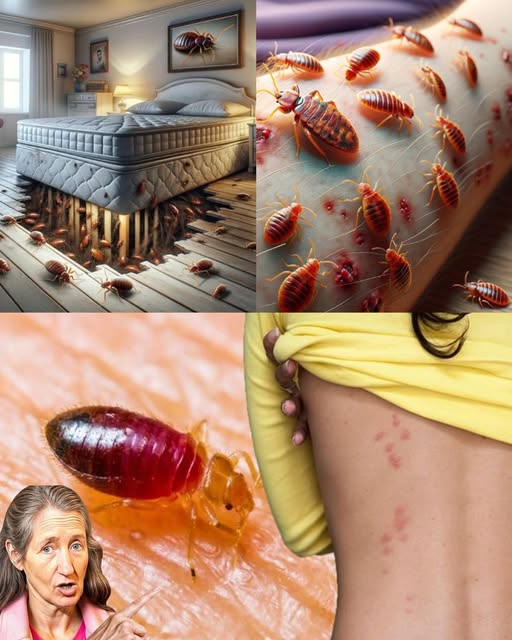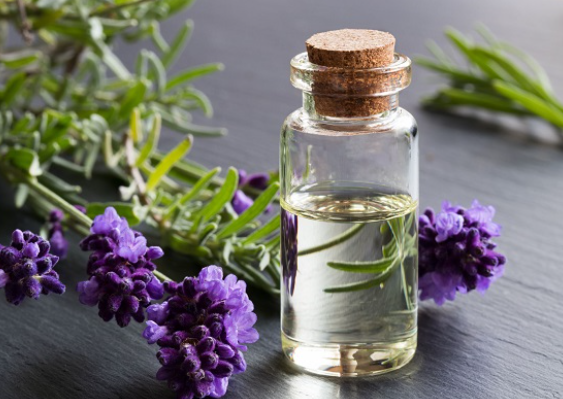Waking up with itchy bites or spotting tiny critters in your bedding can be unsettling, but you don’t have to resort to harsh chemicals to tackle bed bugs. Natural recipes and methods can help repel these pests safely and effectively, giving you peace of mind in your own home. Whether you’re dealing with a minor issue or want to prevent an infestation, this guide shares practical, evidence-based solutions to keep bed bugs at bay using ingredients you may already have.
Understanding Bed Bugs and Why Natural Solutions Matter
Bed bugs are small, reddish-brown insects that feed on human blood, often hiding in mattresses, furniture, and cracks in walls. According to the Centers for Disease Control and Prevention (CDC), they don’t spread disease, but their bites can cause discomfort and stress. While professional pest control is sometimes necessary for severe infestations, natural remedies can be a great first step or preventive measure.

Using natural recipes to repel bed bugs is appealing because they’re often safer for families, pets, and the environment. These methods focus on creating an unwelcoming environment for bed bugs using household items or essential oils. However, it’s important to combine these remedies with good hygiene practices for the best results.
Essential Oils That Repel Bed Bugs
Research suggests certain essential oils have properties that bed bugs find unpleasant, making them useful for repelling these pests. A 2014 study published in the Journal of Economic Entomology found that oils like lavender and peppermint may disrupt bed bug behavior. Here’s how to use them safely:
- Lavender Oil Spray: Mix 10–15 drops of lavender essential oil with 1 cup of water in a spray bottle. Shake well and lightly mist your mattress, bedding, and furniture. Lavender’s calming scent is pleasant for humans but off-putting to bed bugs

- Peppermint Oil Blend: Combine 10 drops of peppermint essential oil with 1 cup of water. Spray on areas where bed bugs might hide, like baseboards or bed frames. Avoid over-spraying, as strong scents can irritate sensitive skin.
- Tea Tree Oil: Dilute 5–10 drops of tea tree oil in a cup of water and apply to affected areas. Its strong smell may deter bed bugs, but use sparingly to avoid skin irritation.
Safety Tip: Always dilute essential oils and test on a small area first to ensure no allergic reactions. Avoid using around pets or young children without consulting a veterinarian or pediatrician.

DIY Natural Recipes to Keep Bed Bugs Away
Creating your own bed bug-repelling recipes is simple and cost-effective. These solutions use common household items and are easy to apply. Here are three recipes to try:
- Diatomaceous Earth Powder:
- What You Need: Food-grade diatomaceous earth (available at hardware stores).
- How to Use: Sprinkle a thin layer in areas where bed bugs are active, such as mattress seams or furniture crevices. This natural powder dehydrates bed bugs over time. Vacuum it up after 2–3 days and repeat as needed.
- Why It Works: The CDC notes that diatomaceous earth is a non-toxic option that physically disrupts bed bugs’ outer shells.
- Baking Soda Trap:
- What You Need: Baking soda and a shallow dish.
- How to Use: Place a small amount of baking soda in a dish near your bed or furniture. Bed bugs may be attracted to it, but it can dry them out upon contact. Replace every few days.
- Why It Works: Baking soda’s abrasive texture may discourage bed bugs from settling in treated areas.
- Vinegar Spray:
- What You Need: White vinegar and a spray bottle.
- How to Use: Mix equal parts vinegar and water, then spray on surfaces like bed frames or headboards. Wipe down after 10 minutes to avoid lingering smells.
- Why It Works: Vinegar’s strong odor may temporarily repel bed bugs, though it’s less effective than oils or powders.
Pro Tip: Combine these recipes with regular vacuuming and washing bedding in hot water (at least 120°F) to boost their effectiveness.
Preventive Measures to Stop Bed Bugs
Preventing bed bugs is easier than dealing with an infestation. By making your home less inviting to these pests, you can avoid problems before they start. Here are some practical steps:
- Inspect Secondhand Items: Before bringing used furniture or clothing into your home, check for signs of bed bugs, like tiny dark spots or live insects.
- Use Mattress Encasements: A bed bug-proof mattress cover can trap any existing bugs and prevent new ones from settling in.
- Declutter Your Space: Reduce hiding spots by keeping your bedroom tidy and minimizing clutter under the bed.
- Travel Smart: When staying in hotels, keep luggage off the floor and inspect your room for bed bug signs. Wash clothes immediately upon returning home.
The Environmental Protection Agency (EPA) emphasizes that consistent cleaning and vigilance are key to preventing bed bug issues.
When to Call a Professional
While natural recipes can help repel bed bugs, they may not eliminate a large infestation. If you notice persistent bites, see live bed bugs during the day, or find widespread signs like fecal spots or shed skins, it’s time to seek help. A licensed pest control professional can assess the situation and recommend safe, effective treatments.

Before hiring, ask about eco-friendly options or integrated pest management (IPM) techniques, which combine natural and chemical methods for minimal environmental impact. The EPA’s guide to bed bug control offers tips on choosing a reputable service.
CTA: Have a favorite natural remedy for pests? Share it in the comments below or pass this article along to a friend who could use these tips!
Maintaining a Bed Bug-Free Home
Keeping bed bugs away is an ongoing process, but small habits can make a big difference. Regularly inspect your home, especially after travel or hosting guests. Wash and dry bedding weekly on high heat, and vacuum floors and furniture often. By staying proactive, you can enjoy a comfortable, pest-free home without relying solely on chemical solutions.
Natural recipes are a great starting point, but consistency is key. Pair these remedies with good hygiene and preventive measures for the best results. If you’re ever unsure about a potential infestation, don’t hesitate to consult a professional for peace of mind.
CTA: Want more ways to keep your home healthy and pest-free? Explore our other health and wellness tips on our site!
Disclaimer: This article is for informational purposes only and does not substitute professional medical or pest control advice. Consult a licensed professional before making changes to address bed bug issues.